DIY Sesame Oil – How To Extract Sesame Oil From Seeds
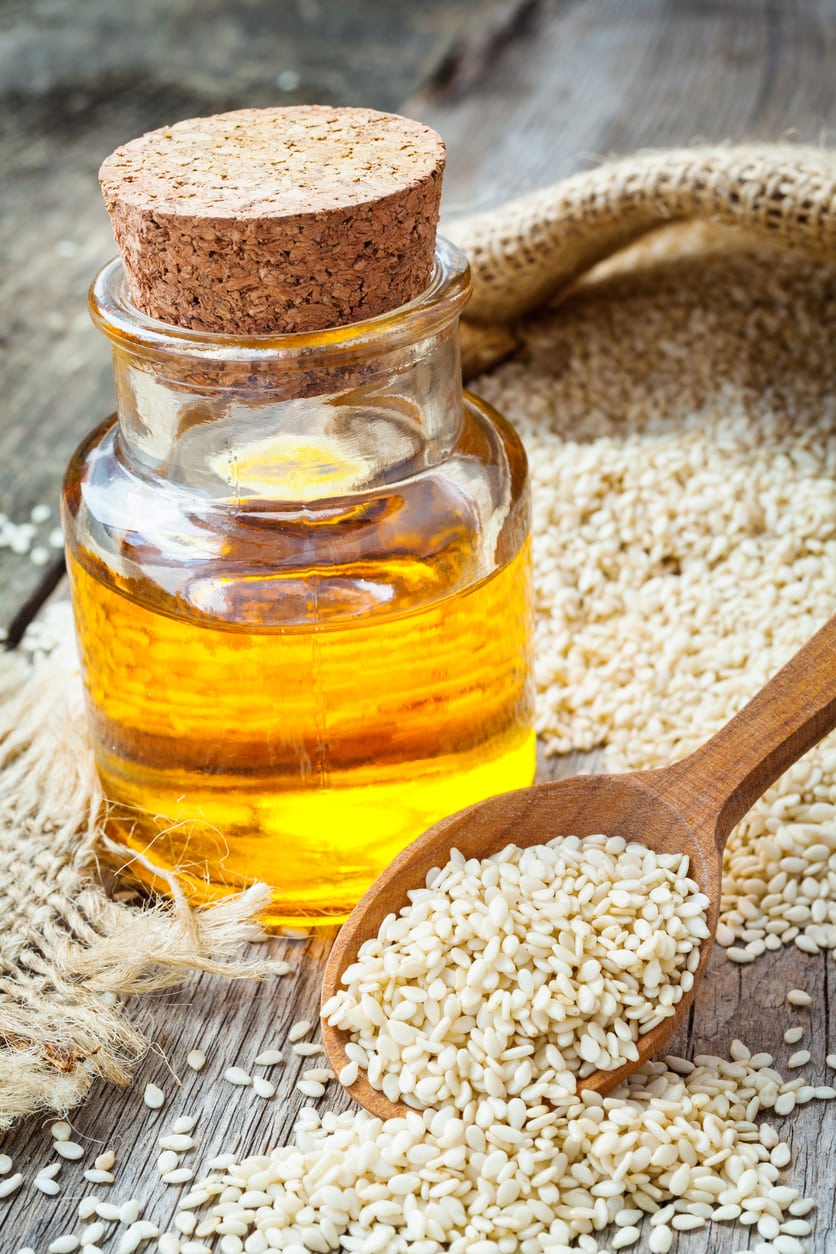

For many growers the addition of new and interesting crops is one of the most exciting parts of gardening. Whether looking to expand variety in the kitchen garden or seeking to establish complete self-reliance, the addition of oil crops is an ambitious undertaking. While some oils require special equipment for extraction, those such as sesame can be extracted from seeds through methods easily achieved at home. Sesame seed oil has long been used in both cooking as well as in skincare and cosmetic applications. Credited in having many health benefits, creating a version of “DIY sesame oil” at home is simple. Read on for tips on making sesame oil.
How to Extract Sesame Oil
Sesame oil extraction isn’t at all difficult and can be done right at home. All you need are some sesame seeds, and if you’re already growing the plant in your garden, it’s even easier. Toast the sesame seeds in the oven. This can be done in a pan on a stovetop or in an oven. To toast the seeds in an oven, place the seeds on a baking pan and place into a pre-heated oven at 180 degrees F. (82 C.) for ten minutes. After the first five minutes, carefully stir the seeds. Toasted seeds will become a slightly darker tan color accompanied by a slightly nutty aroma. Remove the sesame seeds from the oven and allow them to cool. Add ¼ cup of toasted sesame seeds and 1 cup sunflower oil to a pan. Place the pan on the stovetop and gently heat for about two minutes. If planning to cook with these oils, ensure that all ingredients used are food grade and safe to consume. After heating the mixture, add it to a blender. Blend until well combined. The mixture should form a loose paste. Allow the mixture to steep for two hours. After two hours have passed, strain the mixture using a clean cheesecloth. Place the strained mixture in a sterilized airtight container and store in the refrigerator for immediate use.
Gardening tips, videos, info and more delivered right to your inbox!
Sign up for the Gardening Know How newsletter today and receive a free copy of our e-book "How to Grow Delicious Tomatoes".

Tonya Barnett has been gardening for 13 years. Flowers are her passion. She has transformed her backyard into a cut flower garden, which she regularly chronicles on her YouTube channel http://www.youtube.com/@tonyawiththeflowers.
-
 Looking For Plants To Give You The Soft And Fuzzies? Try These 5 Fuzzy Leaf Plant Options
Looking For Plants To Give You The Soft And Fuzzies? Try These 5 Fuzzy Leaf Plant OptionsLovers of texture, drama, silver foliage and tactile plants will adore these special sensory garden additions. These fuzzy leaf plant options will leave you all aglow
By Susan Albert
-
 Get Ready For A Summer Of Hummers! Grow These Full Sun Hummingbird Plants and Flowers
Get Ready For A Summer Of Hummers! Grow These Full Sun Hummingbird Plants and FlowersIf you’re lucky enough to enjoy a sunny backyard, make sure you are maxing out on your pollinator opportunities and grow these full sun hummingbird plants and flowers
By Tonya Barnett
-
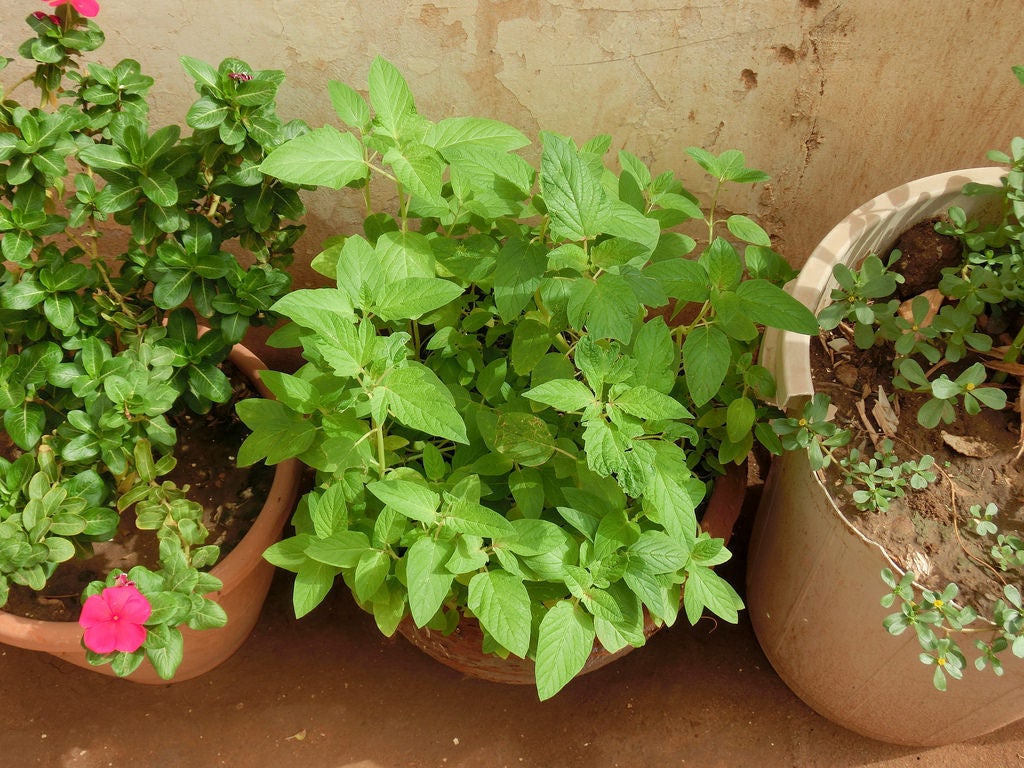 Container Grown Sesame – Learn About Growing Sesame In A Container
Container Grown Sesame – Learn About Growing Sesame In A ContainerSesame in pots grown on your patio or balcony will not give you a huge harvest of seeds, but it’s still worthwhile. You can get about 70 seeds per pod and multiple pods on one small plant. And it is a pretty plant too. Click here to learn more about potted sesame plants.
By Mary Ellen Ellis
-
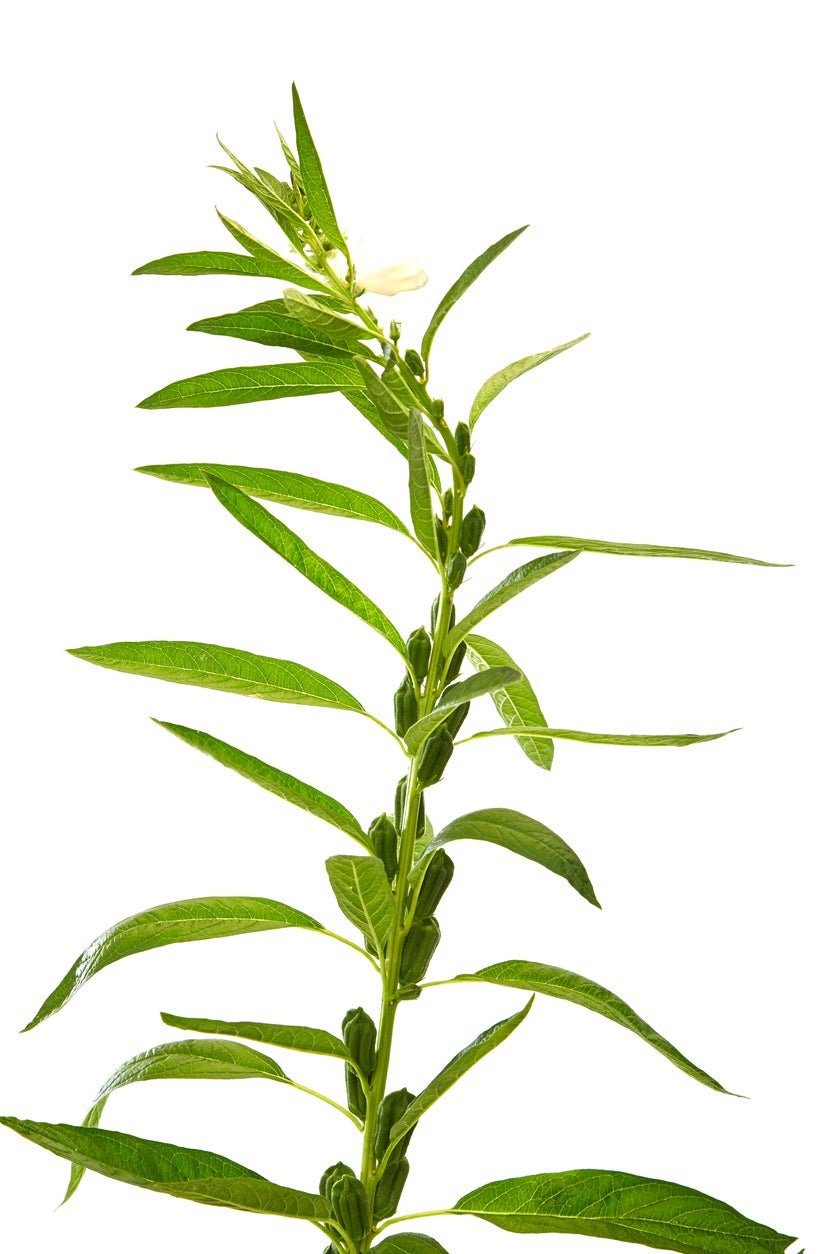 Sesame Plant Diseases – How To Treat Problems With Sesame Plants
Sesame Plant Diseases – How To Treat Problems With Sesame PlantsSesame plant diseases are not common but can cause widespread crop loss when they occur. Most of the diseases of sesame are fungal or bacterial and are easy to avoid with good cropping practices. Here is an overview on sesame diseases and how to manage them.
By Bonnie L. Grant
-
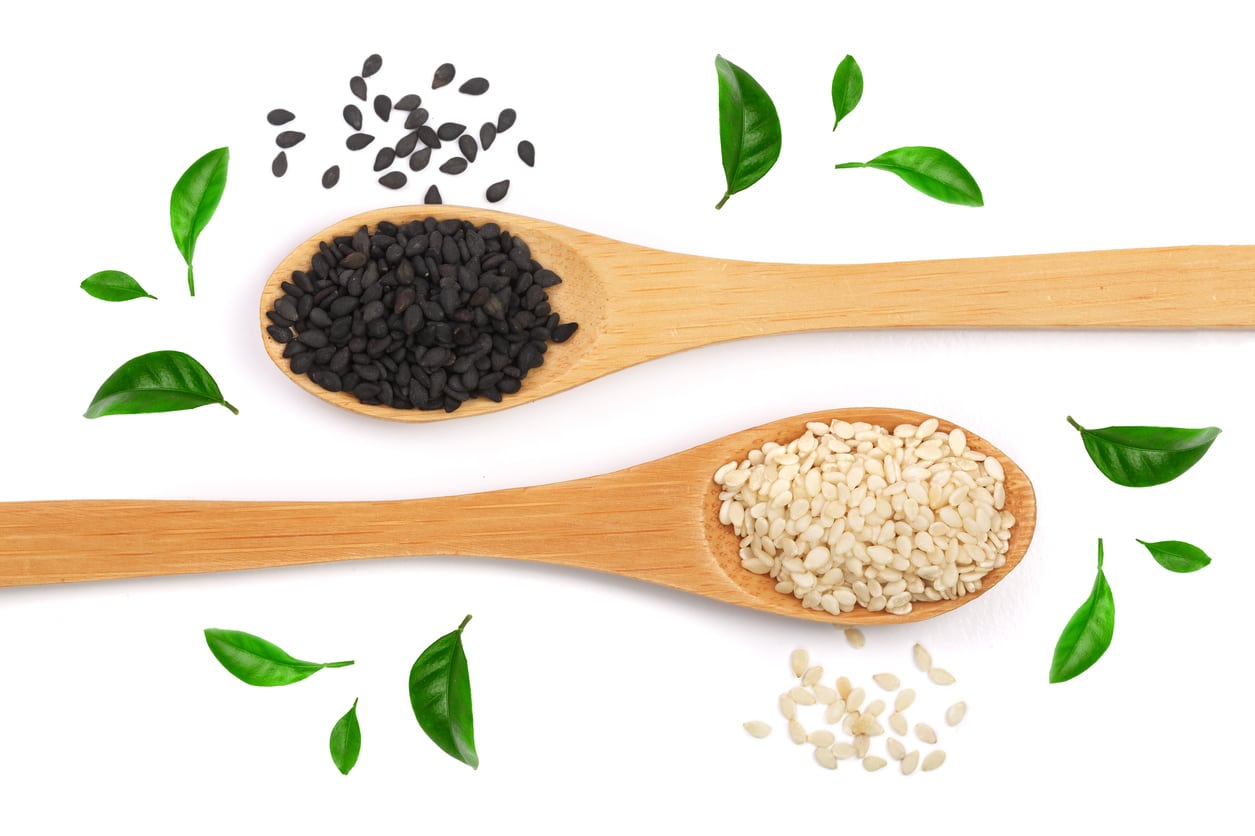 Sesame Seed Benefits – Should You Be Eating Sesame Seeds
Sesame Seed Benefits – Should You Be Eating Sesame SeedsThe benefits of sesame seeds seem to go beyond adding fiber and nutrition with a tasty crunch. Sesame seed benefits have been found to possess many other possible uses too. Click on the following article to learn more about how sesame seeds can be good for you.
By Bonnie L. Grant
-
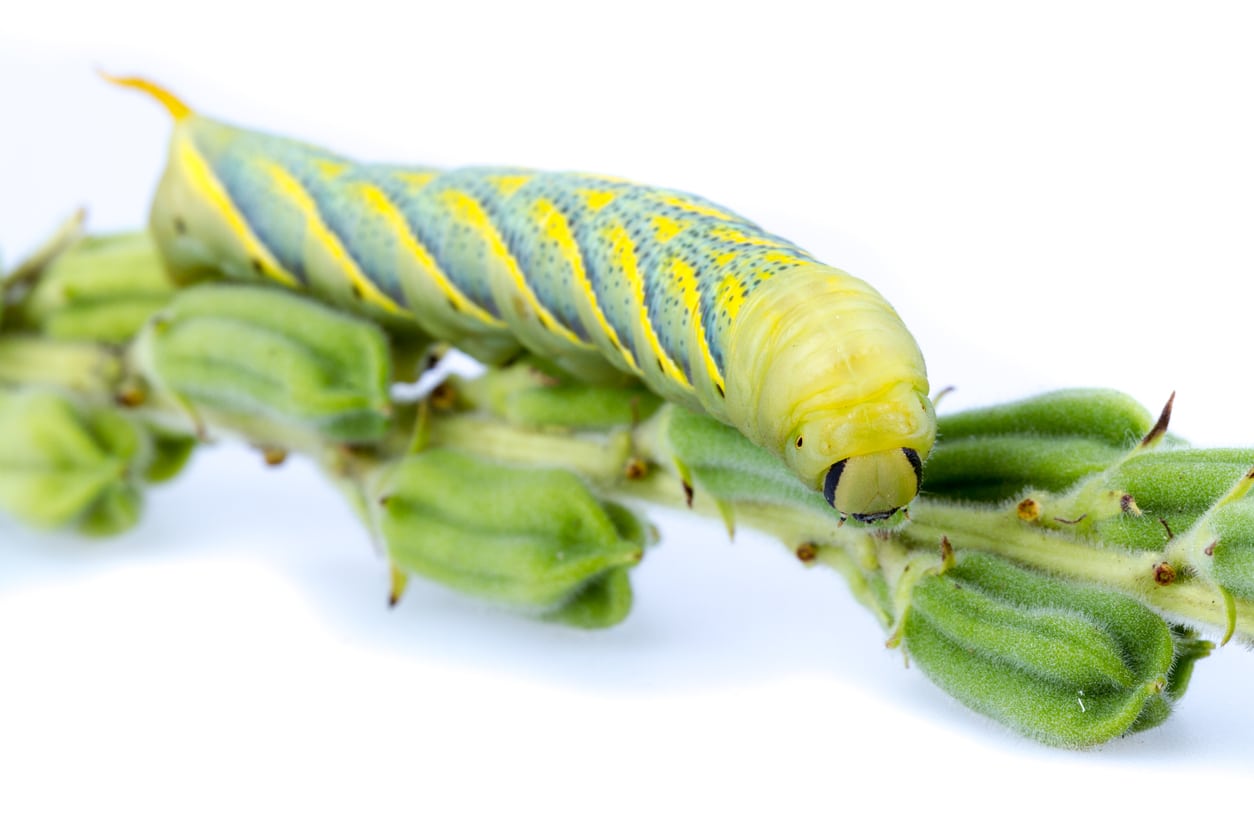 Sesame Pest Control – How To Kill Bugs That Eat Sesame Plants
Sesame Pest Control – How To Kill Bugs That Eat Sesame PlantsAlthough sesame is a relatively hardy plant, it can be bugged by a number of insect pests. Learn about pests of sesame in this article. We will also provide tips on how to cope with sesame pest problems in the garden. Click here for more information.
By Mary H. Dyer
-
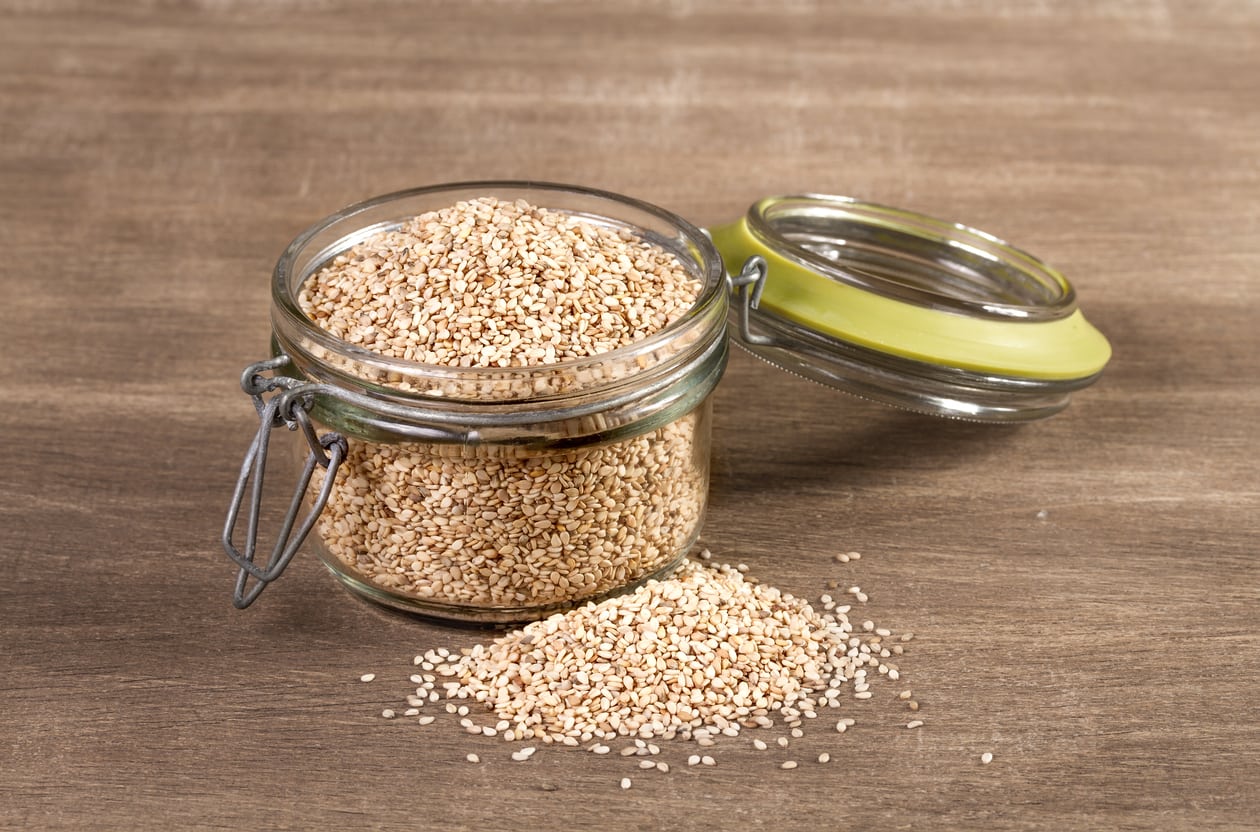 Sesame Seed Drying – How To Dry Sesame Seeds From Your Plants
Sesame Seed Drying – How To Dry Sesame Seeds From Your PlantsEverybody likes sesame seeds on bagels, sushi and stir-fries, and the tiny seeds can also be ground into sesame oil and tahini paste. If you’ve got a garden, you may like to start growing your own. Click this article for tips on drying and storing sesame seeds.
By Teo Spengler
-
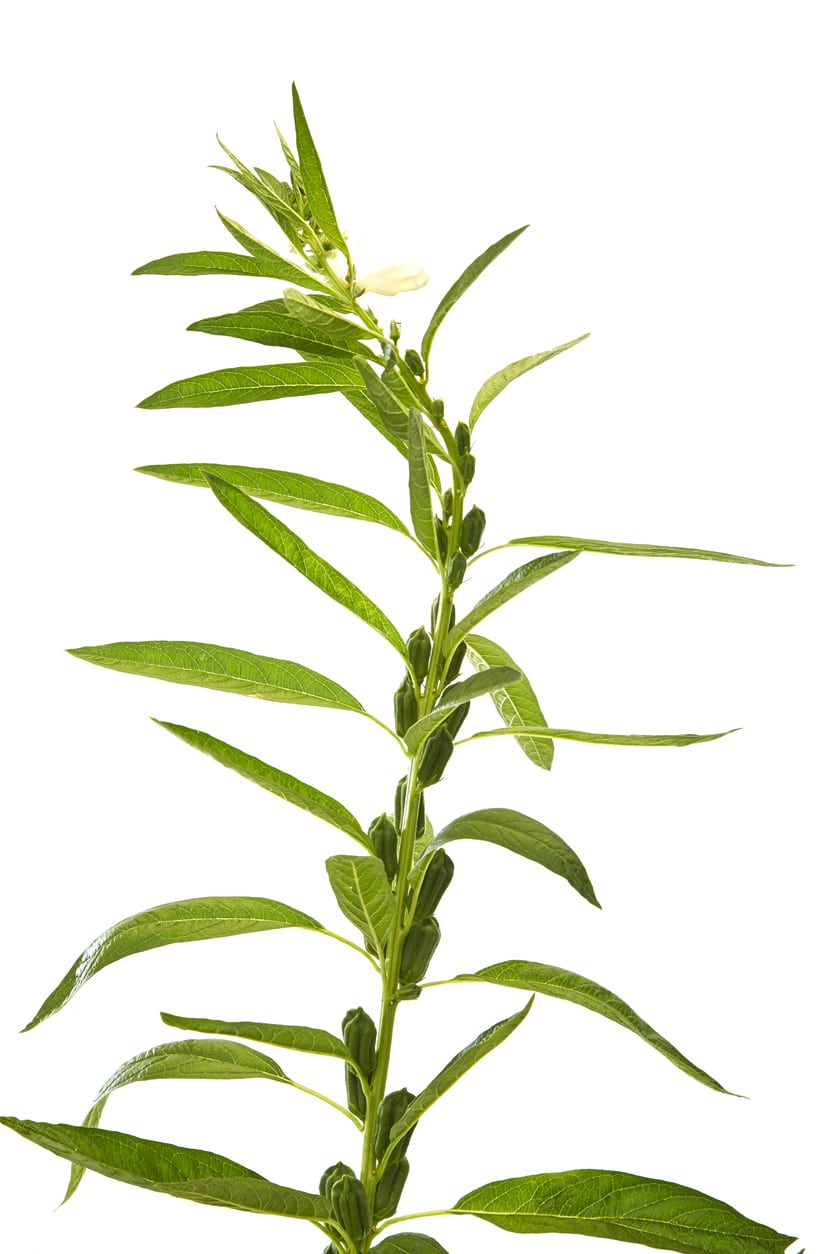 Ailing Sesame Plants – Learn About Common Sesame Seed Issues
Ailing Sesame Plants – Learn About Common Sesame Seed IssuesGrowing sesame in the garden is an option if you live in a hot, dry climate. Sesame thrives in those conditions. Care is largely hands-off, but there are some occasional issues you may face with growing sesame. Click this article to learn more about potential sesame seed issues.
By Mary Ellen Ellis
-
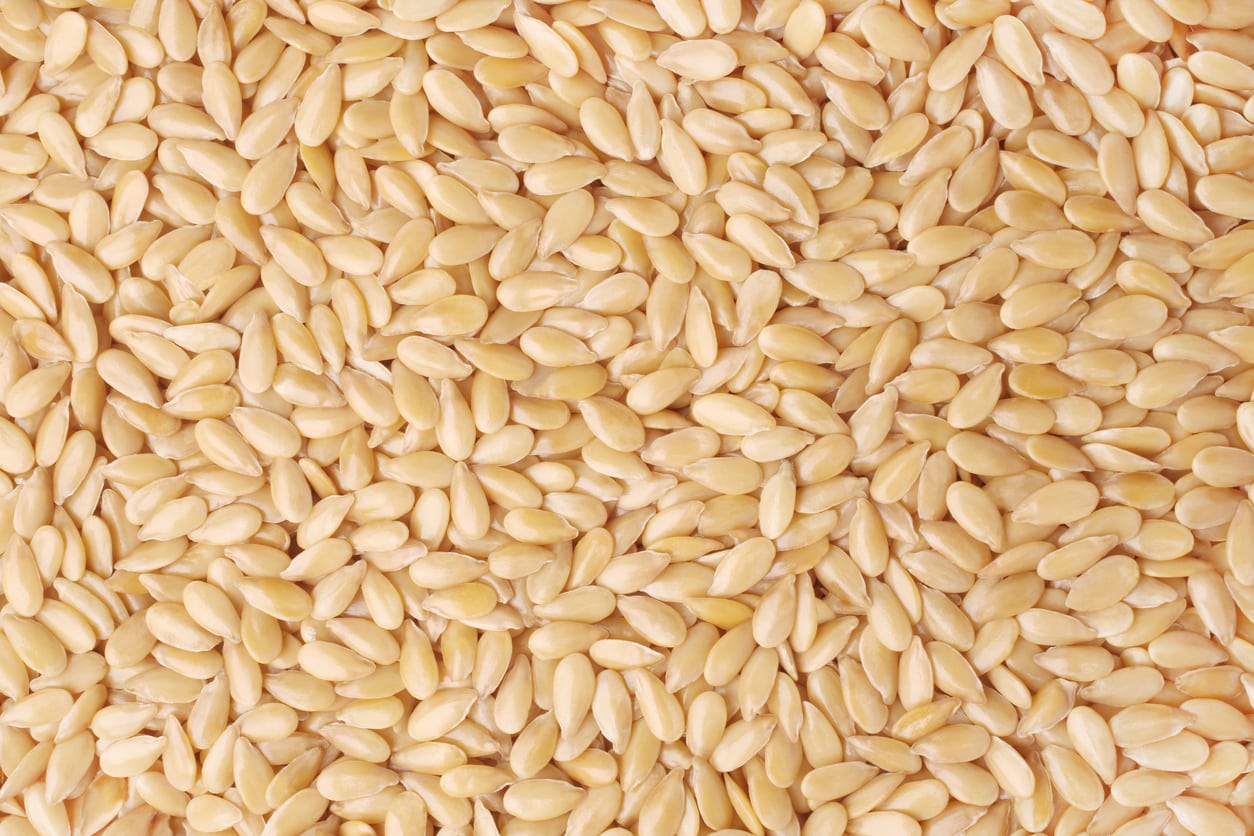 Sesame Seed Propagation: Learn When To Plant Sesame Seeds
Sesame Seed Propagation: Learn When To Plant Sesame SeedsSesame seeds are tasty and a kitchen staple. They can be toasted to add nuttiness to dishes or made into nutritious oil and a delicious paste. If you love growing your own food, consider growing sesame from seed for a new and rewarding challenge. This article will help.
By Mary Ellen Ellis
-
 Picking Sesame Seeds – Learn How to Harvest Sesame Seeds
Picking Sesame Seeds – Learn How to Harvest Sesame SeedsHave you ever bitten into a sesame bagel or dipped into some hummus and wondered how to grow and harvest those tiny sesame seeds? And when are sesame seeds ready for picking anyway? Find answers to these questions in the following article.
By Amy Grant